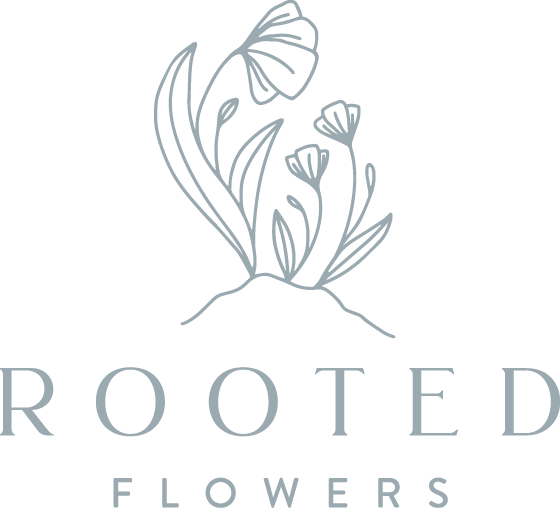Mastering the Art of Transplanting Flower Seedlings: A Beginner's Guide
February 16, 2023
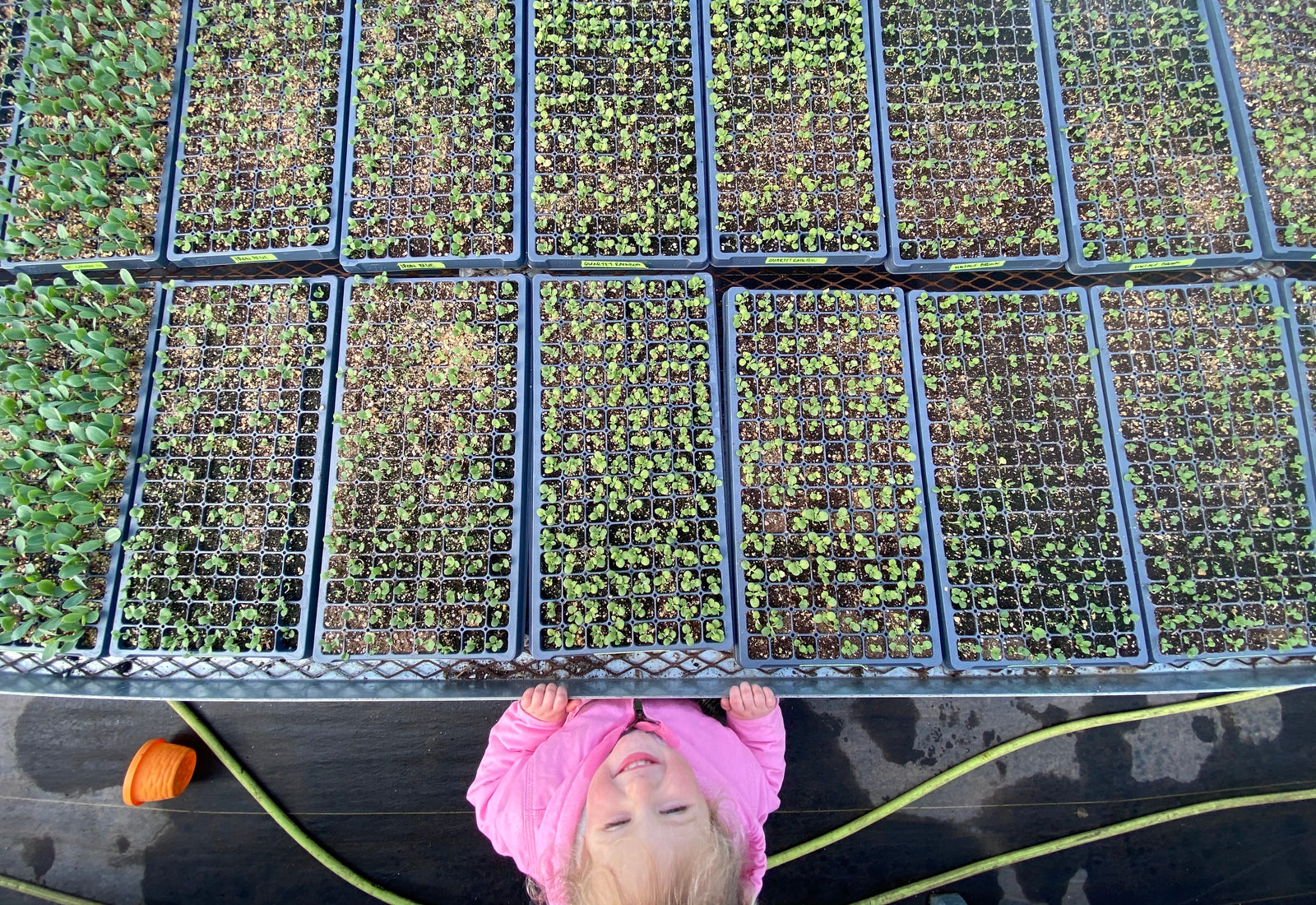
Are you an aspiring flower gardener or grower looking to take your green thumb to the next level? Transplanting your seedlings is a crucial step to ensuring the continued growth and health of your plants. However, the process can seem daunting, especially if you're new to gardening. In this article, we've compiled a comprehensive guide to help you master the art of transplanting flower seedlings. From what transplanting is and why it's important, to techniques involved and how to know when your plants are ready for transplanting, we've got you covered. So let's get our hands dirty and dive into the world of transplanting!
 The purpose of transplanting seedlings or plants is to give them more space to grow, better access to nutrients and water, and to allow for stronger root development. Transplanting can also help plants adapt to new environments and improve their overall health and vitality.
The purpose of transplanting seedlings or plants is to give them more space to grow, better access to nutrients and water, and to allow for stronger root development. Transplanting can also help plants adapt to new environments and improve their overall health and vitality.
 The most frequently asked question by flower growers in regards to transplanting is what size containers to use. I’ve created a detailed chart that illustrates the appropriate container sizes. Simply click the link at the end of this article to download the container sizing guide. This guide will be an invaluable resource to help you make informed decisions when selecting containers for transplanting your seedlings and help you with your overall indoor seed starting plan. It’s a must-have resource!
The most frequently asked question by flower growers in regards to transplanting is what size containers to use. I’ve created a detailed chart that illustrates the appropriate container sizes. Simply click the link at the end of this article to download the container sizing guide. This guide will be an invaluable resource to help you make informed decisions when selecting containers for transplanting your seedlings and help you with your overall indoor seed starting plan. It’s a must-have resource!
 From space issues to health, there’s many reasons why flower gardeners transplant their seedlings. Let’s take a look:
From space issues to health, there’s many reasons why flower gardeners transplant their seedlings. Let’s take a look:
- To give the seedlings more space to grow and develop strong root systems.
- To provide better access to nutrients and water, which can help the seedlings grow faster and stronger.
- To reduce competition among seedlings for resources.
- To prevent the seedlings from becoming root-bound, which can limit their growth and health.
- To provide a controlled environment for the seedlings, which can help protect them from pests and diseases and improve germination.
- To allow for easier transport and movement of the seedlings as needed.
- Limited initial seed starting space.
 Knowing when your flower plants are ready for transplanting is important to ensure the success of the process. Generally, it's time to transplant seedlings when they have outgrown their initial container or tray, and have developed their first true leaves.
Knowing when your flower plants are ready for transplanting is important to ensure the success of the process. Generally, it's time to transplant seedlings when they have outgrown their initial container or tray, and have developed their first true leaves.
 Seedlings have two types of leaves: the cotyledons, which are the first leaves to emerge from the seed and are often round or oval-shaped, and the true leaves, which are the second set of leaves to develop and are usually the same shape as the mature leaves of the plant. Once the seedlings have developed their true leaves, they are typically ready to be transplanted.
Seedlings have two types of leaves: the cotyledons, which are the first leaves to emerge from the seed and are often round or oval-shaped, and the true leaves, which are the second set of leaves to develop and are usually the same shape as the mature leaves of the plant. Once the seedlings have developed their true leaves, they are typically ready to be transplanted.
 Other signs that your flower plants may be ready for transplanting include the roots beginning to emerge from the bottom of the container, or the plants becoming crowded in the tray or container. Additionally, if the weather is mild and the plants are hardy enough, they can be transplanted when they are a few inches tall and have at least two sets of true leaves.
Other signs that your flower plants may be ready for transplanting include the roots beginning to emerge from the bottom of the container, or the plants becoming crowded in the tray or container. Additionally, if the weather is mild and the plants are hardy enough, they can be transplanted when they are a few inches tall and have at least two sets of true leaves.
 It's important to avoid transplanting seedlings too early, as this can lead to shock and stunted growth. Similarly, waiting too long to transplant can result in the seedlings becoming root-bound, which can limit their growth and health. A good rule of thumb is to transplant seedlings when they have outgrown their initial container or tray and have developed their first set of true leaves.
It's important to avoid transplanting seedlings too early, as this can lead to shock and stunted growth. Similarly, waiting too long to transplant can result in the seedlings becoming root-bound, which can limit their growth and health. A good rule of thumb is to transplant seedlings when they have outgrown their initial container or tray and have developed their first set of true leaves.
 The techniques involved in transplanting seedlings can vary depending on the type of plants and the growth stage of the seedlings. However, the following steps are generally involved:
The techniques involved in transplanting seedlings can vary depending on the type of plants and the growth stage of the seedlings. However, the following steps are generally involved:
- Preparation: Choose a larger container or cell tray and fill loosely with soil. Level soil level as if you’d level a cup of flour in baking.
- Watering: Water the seedlings in their initial container or tray before transplanting. This helps to reduce stress on the plants during the transplanting process.
- Removal: Carefully remove the seedlings from their initial container, making sure not to damage the roots or stem. Gently hold the most robust part of the seedling, usually the stem.
- Placement: Make a hole with your finger and place the rootball of the seedling into the new soil. I like to use a pencil or flat head of a nail to push the root ball in. *Do not push on the stem, it could break. Firm the soil around the plant to ensure good contact between the roots and soil.
- Watering: Water the seedlings thoroughly after transplanting to help settle the soil around the roots and reduce stress on the plant.
- Care: Continue to care for the newly transplanted seedlings. They may look floppy initially but will perk up overnight.
Transplanting is a technique and skill that every flower gardener should have in their seed starting bag of tricks. Whether you're dealing with space constraints, aiming to improve plant health, or seeking an efficient technique to scale your growing game, transplanting is the answer. Make sure to watch our step-by-step video below for an in-depth look at the transplanting process, and don't forget to download our container sizing chart guide to ensure you're selecting the right container size for your seedlings. It's time to roll up your sleeves and get growing with confidence!
If your comment doesn’t show up right away, don't fret! We have a spam filter that requires we approve most comments before they are published.
Unable to post at this time.
Also in Farm Journal
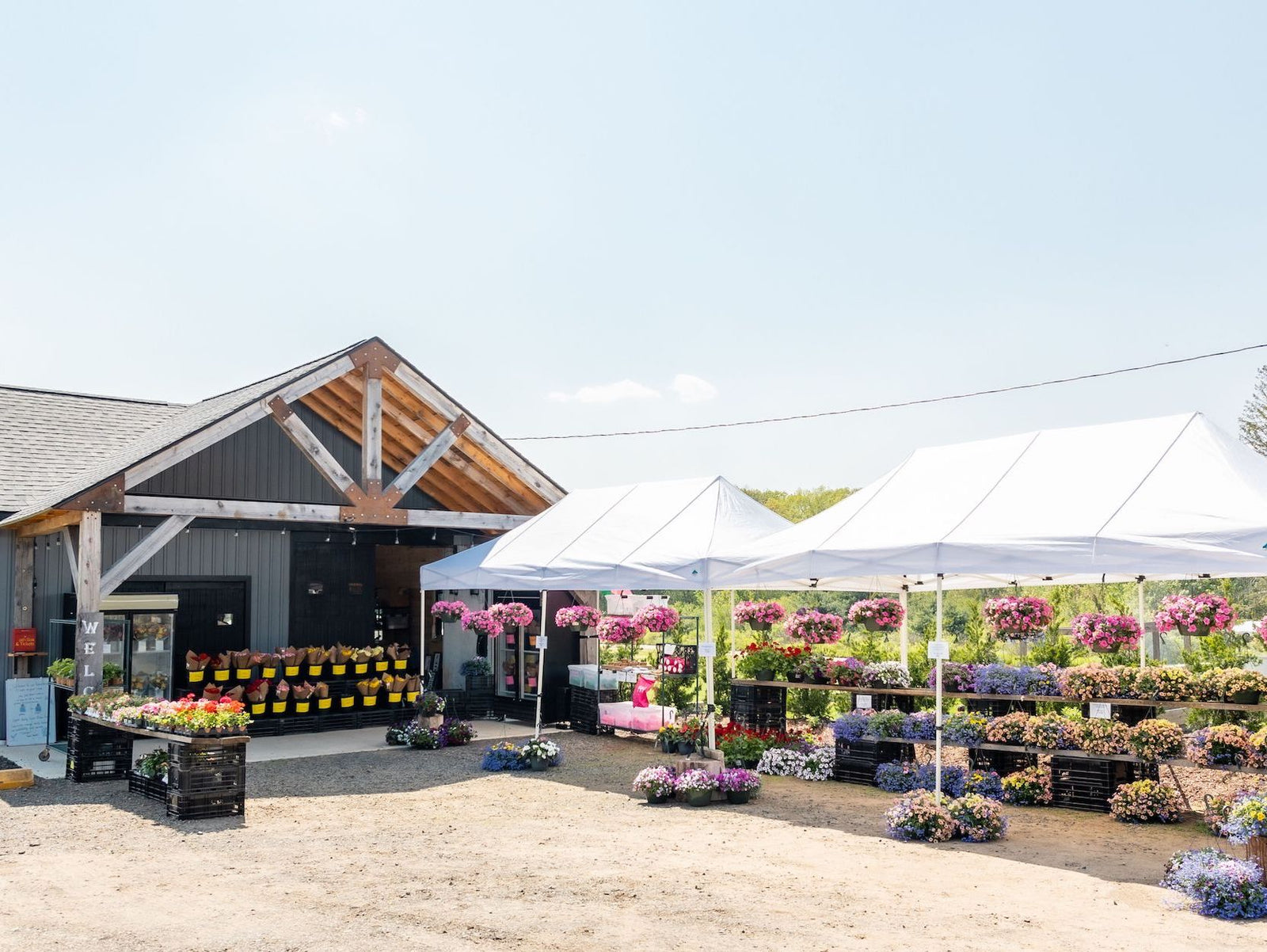
Mother's Day Flowers
May 07, 2024
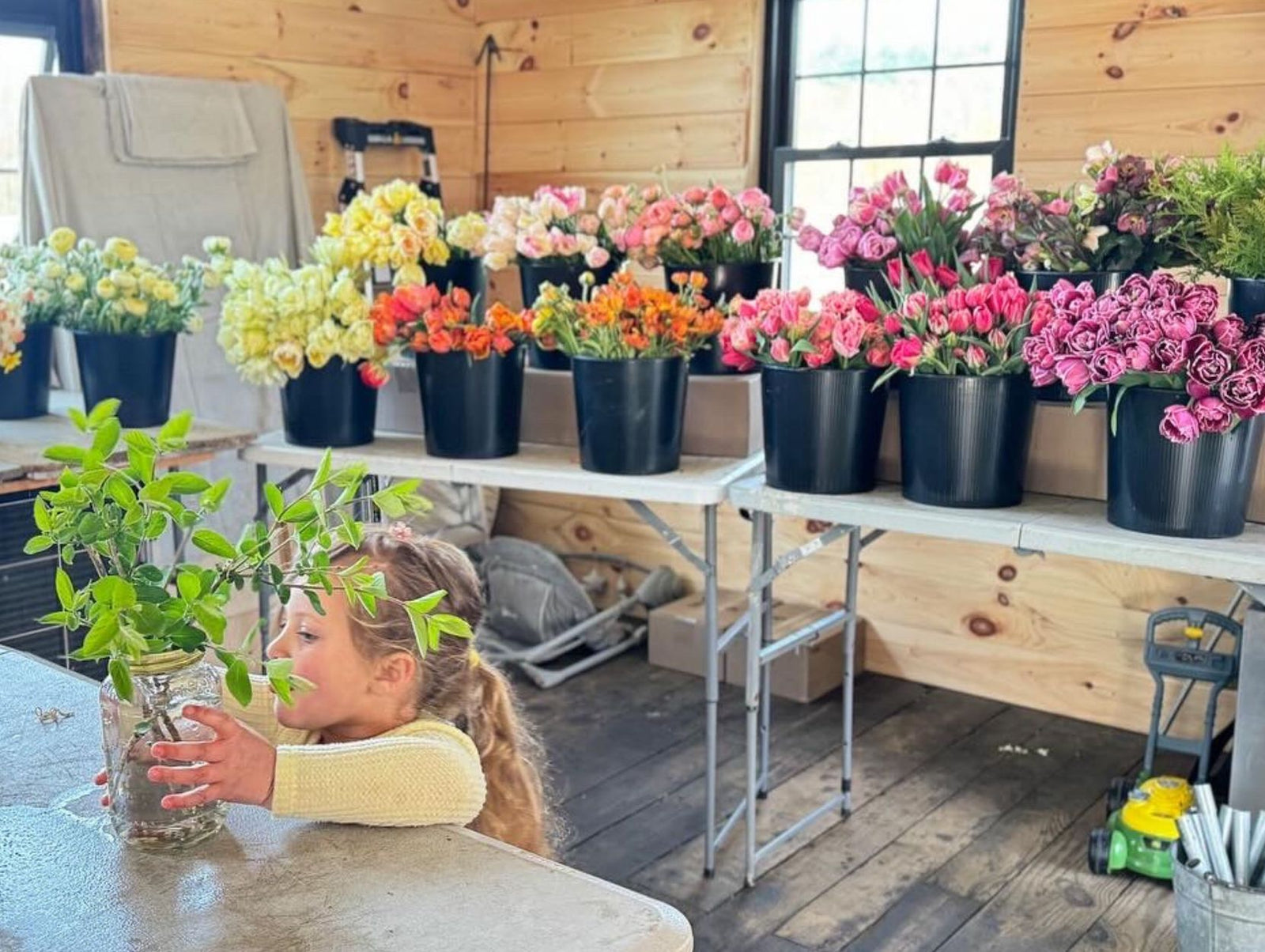
Blooms, Buds, and Busy Days
May 02, 2024
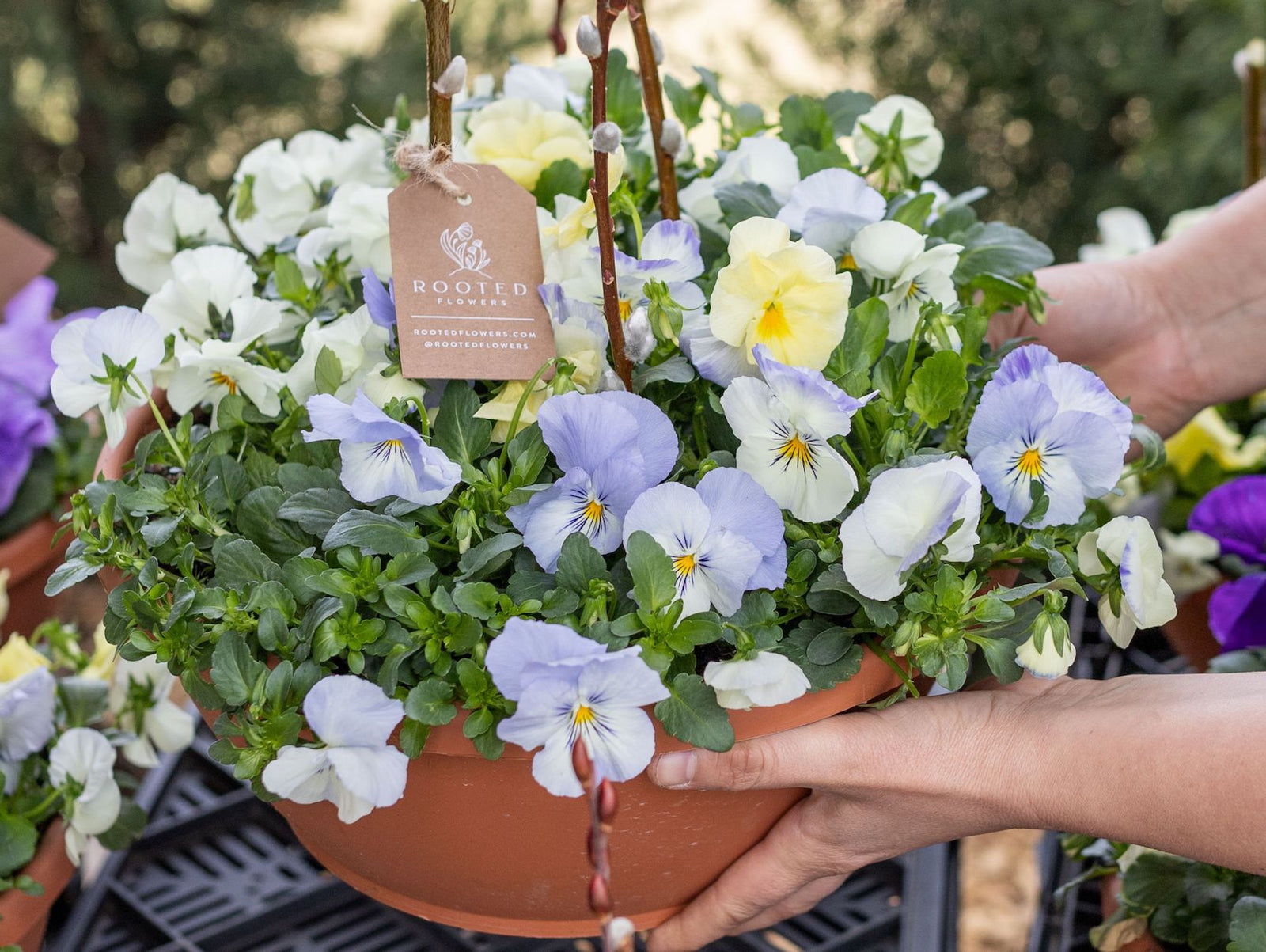
The Timeless Charm of Pansies
March 28, 2024
Follow Us
We a family-run speciality cut flower farm growing in the Pioneer Valley of Western Massachusetts.
News & Updates
Sign Up For Our Newsletter
© 2024 Rooted Flowers. © COPYRIGHT ROOTED FLOWERS LLC 2024
